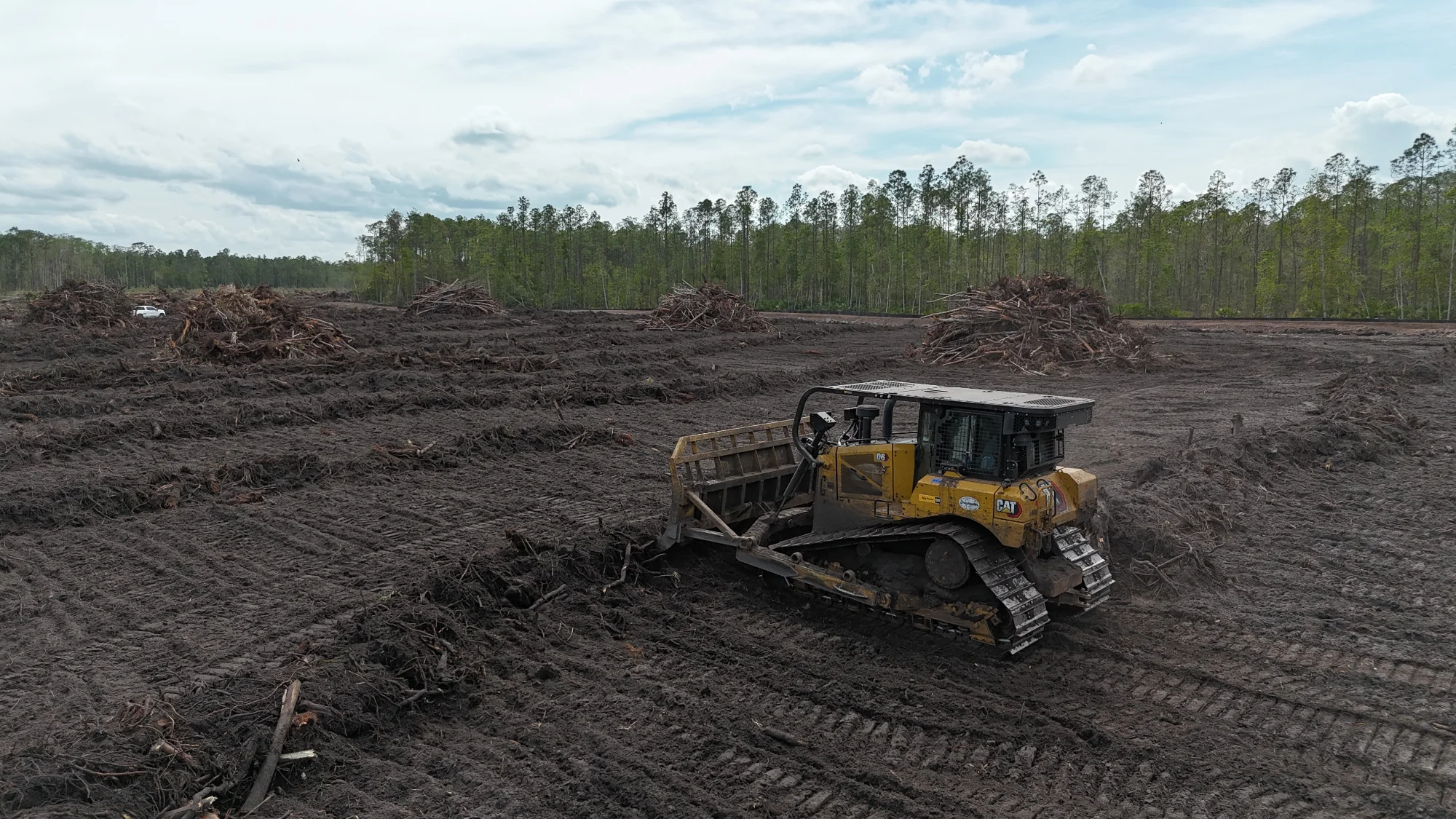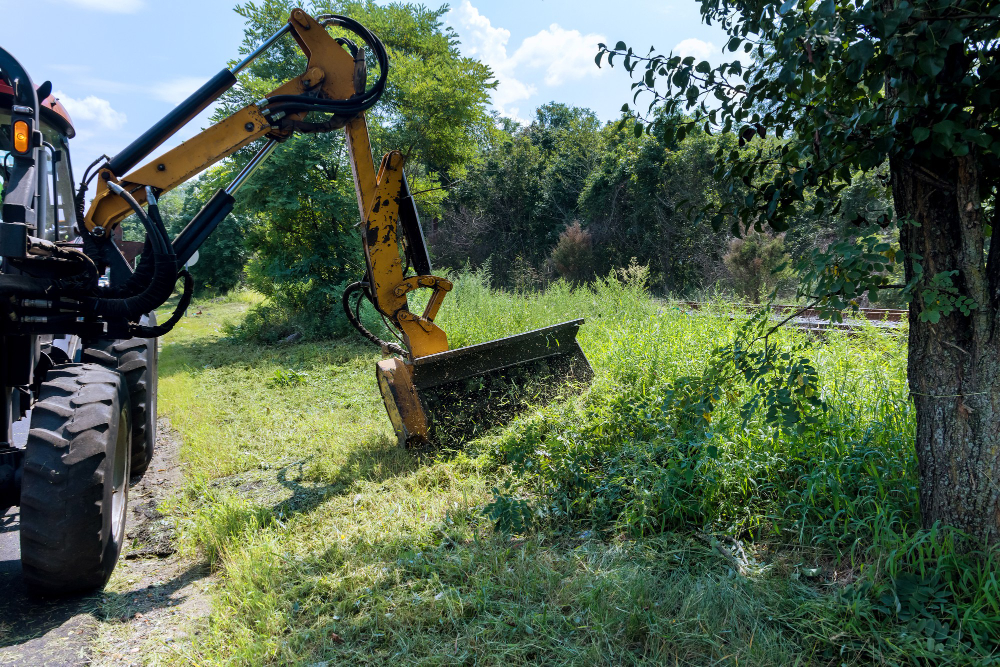

Roads and right-of-ways are important parts of your property. They can provide you with easy access to different areas of your land and help you maintain important infrastructure such as pipelines, transmission lines, and drainage systems. However, to make sure that you can use them safely and efficiently, you need to keep them clear of vegetation. In this blog post, we will share some tips on vegetation management along roads and right-of-ways so that you can keep your property in good condition. If you need help with land clearing in Oviedo, FL, contact Drinkwater & Drinkwater today for free estimates.
Before you start any vegetation management project, you need to understand the regulations that govern them. Different states and counties have different rules on what you can and cannot do along a road or right-of-way. Some may require you to obtain a permit first, while others may have specific guidelines on where you can cut and what types of plants you can remove. Make sure to check with your local authorities to avoid any fines or penalties.
Vegetation management can be a dangerous job, especially when dealing with large trees or thorny bushes. Therefore, you need to use appropriate tools and equipment to protect yourself and others. Some of the essential tools you will need include gloves, protective eyewear, chainsaws, pruning shears, and loppers. Be sure to use them correctly and follow safety procedures to prevent accidents.
Vegetation management along roads and right-of-ways can be a challenging task that requires careful planning. Start by identifying the plants that need to be removed or trimmed and determining the best approach to do it. You should also consider the time of year, weather conditions, and any habitat or environmental concerns. A well-planned project can save you time, money, and headaches in the long run.
After removing or trimming vegetation, you need to dispose of the debris properly. Burning is not always a viable option, especially in urban areas where fire hazards are high. Instead, you can chip the branches and twigs or haul them away for composting or disposal. You can also leave some of the plant debris on the ground to decompose naturally and provide nutrients to the soil.
Vegetation management along roads and right-of-ways can be a daunting task, especially for novice landowners. If you feel overwhelmed or uncertain about the project, you should consider hiring a professional company such as Drinkwater & Drinkwater. They have the expertise, experience, and equipment needed to handle any vegetation management project safely and efficiently. They also offer free estimates and outstanding customer service.
Vegetation management along roads and right-of-ways is a crucial task that requires careful planning, appropriate tools and equipment, and compliance with regulations. By following these tips, you can keep your property safe and accessible while preserving its natural beauty and ecological value. If you need help with land clearing in Oviedo, FL, Drinkwater & Drinkwater is your trusted partner. They offer a wide range of vegetation management and land clearing services that cater to your specific needs. Contact them today to get started.